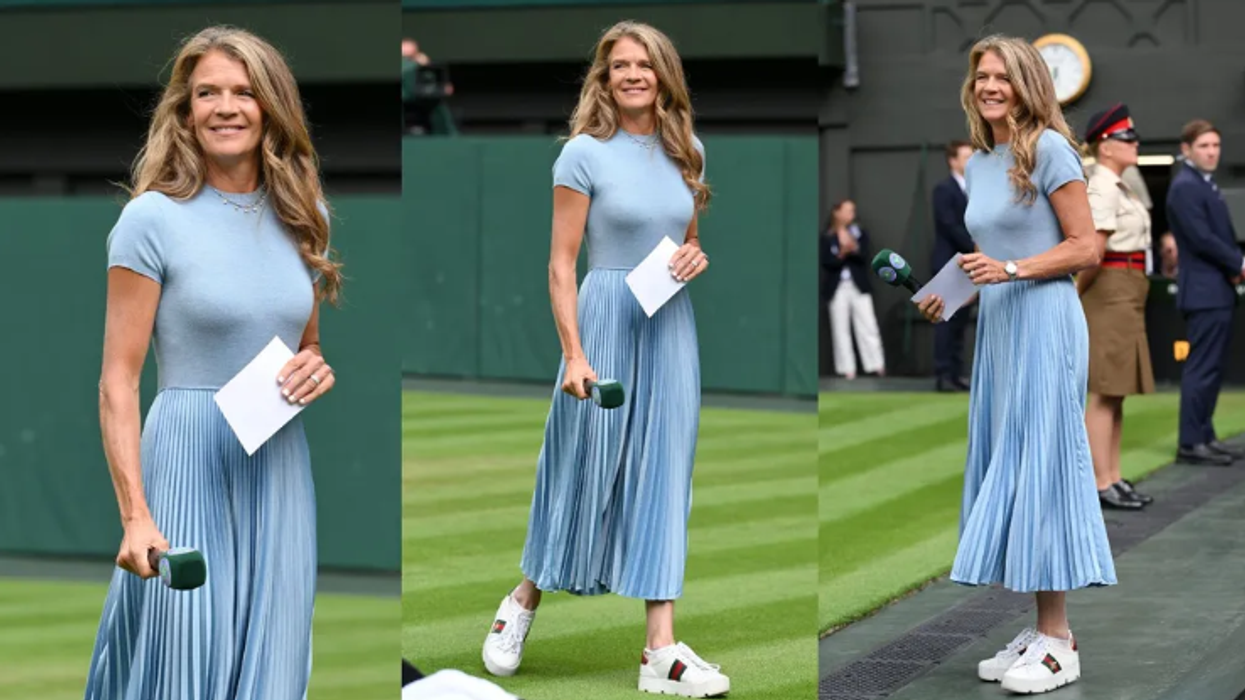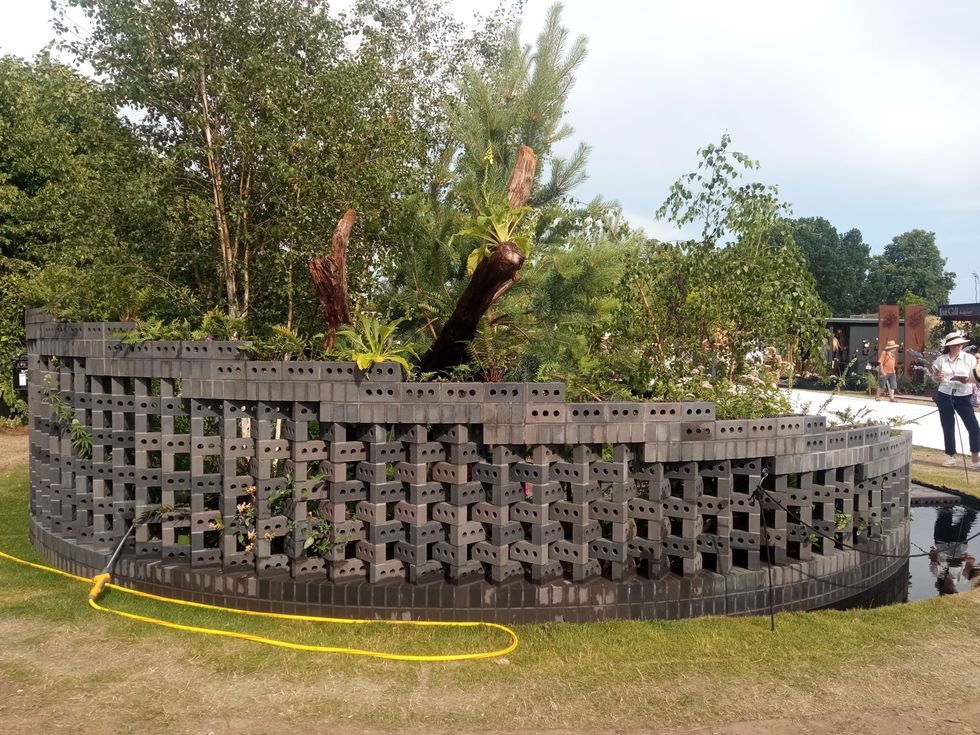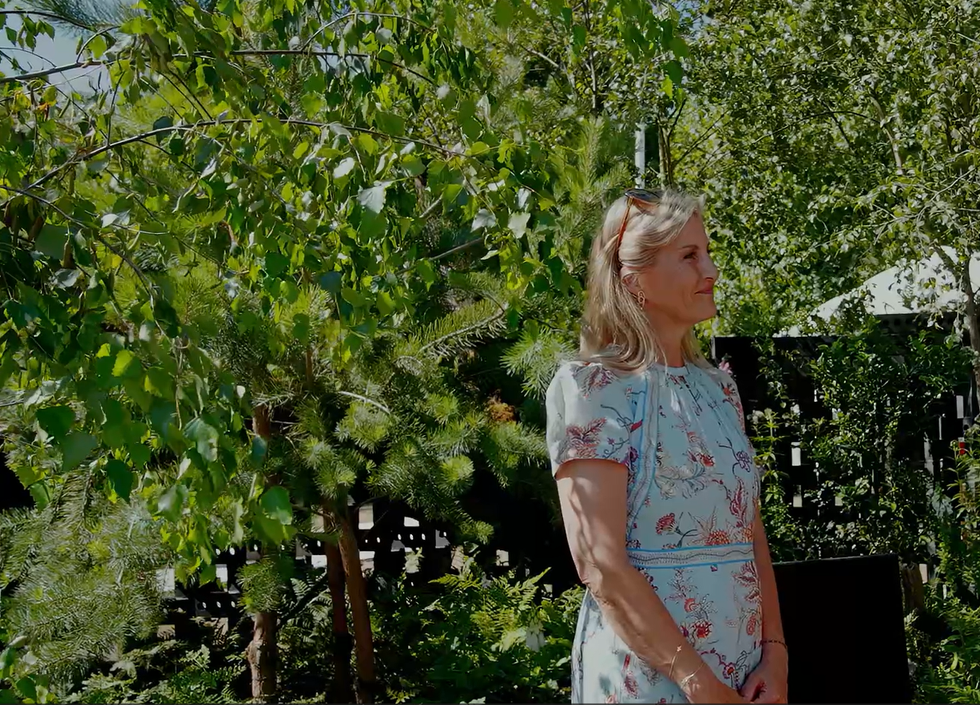The Kohinoor diamond, claimed by India, is on display at the Tower of London with the organisers of the exhibition trying to contextualise its turbulent colonial history in a “transparent” way.
Kohinoor, also referred to as Koh-i-Noor, forms part of the new Jewel House exhibition at the tourist attraction and is accompanied by a video which charts the diamond's journey around the globe.
"The new exhibition explores the origins of a number of items in the collection, including the Koh-i-Noor,” said a spokesperson for the Historic Royal Palaces (HRP), the charity that manages Britain's palaces.
"It references its long history as a symbol of conquest, which has passed through the hands of Mughal Emperors, Shahs of Iran, Emirs of Afghanistan, and Sikh Maharajas. We conducted extensive audience research before putting together this display, as well as consulting local community groups and specialist academics, which has informed our approach throughout and shaped our presentation of the Koh-i-Noor's story,” the spokesperson said.
"Our aim throughout has been to present the history in a transparent, balanced and inclusive way, always informed by rigorous research,” they added.
The diamond is described as a ‘symbol of conquest’ to note that it has had many previous owners.
"The 1849 Treaty of Lahore compelled 10-year-old Maharaja Duleep Singh to surrender it to Queen Victoria, along with control of the Punjab. Koh-i-Noor means Mountain of Light' in Persian, reads its label.
An armlet dating back to 1830 has the label: Queen Victoria received the Koh-i-Noor diamond in 1850, set in this enamelled armlet. Now set with replicas, the central stone shows the Koh-i-Noor's earlier Mughal cut. It was re-cut in 1852 to improve its sparkle and conform to European tastes.
With Queen Alexandra's crown of 1902, the label reads: The Koh-i-Noor, sometimes considered lucky, developed a reputation for bringing bad luck to men who wore it. From 1902 it was set in the crowns of several Queens Consort, beginning with Queen Alexandra's Crown, now set with replicas. The Koh-i-Noor is currently set in Queen Elizabeth The Queen Mother's Crown, 1937."
The exhibition, which runs until November, has been conceived as a special display of all the jewels that have returned to the Tower of London after their use during the coronation ceremony of King Charles III and Queen Camilla. In a diplomatic move, Camilla had conspicuously chosen not to use the Kohinoor.
"Following the Coronation of Their Majesties King Charles III and Queen Camilla, we are delighted to unveil our new Jewel House exhibition, which explores the history of this magnificent collection in more detail than ever before,” said Andrew Jackson, Resident Governor of the Tower of London and Keeper of the Jewel House.
(PTI)
Kohinoor display gets 'transparent' makeover at Tower of London
The diamond, claimed by India, is described as a ‘symbol of conquest'

















 The circular structure inspired by jali screens in India
The circular structure inspired by jali screens in India Sophie, Duchess of Edinburgh, at the garden
Sophie, Duchess of Edinburgh, at the garden The couple display their medals
The couple display their medals
